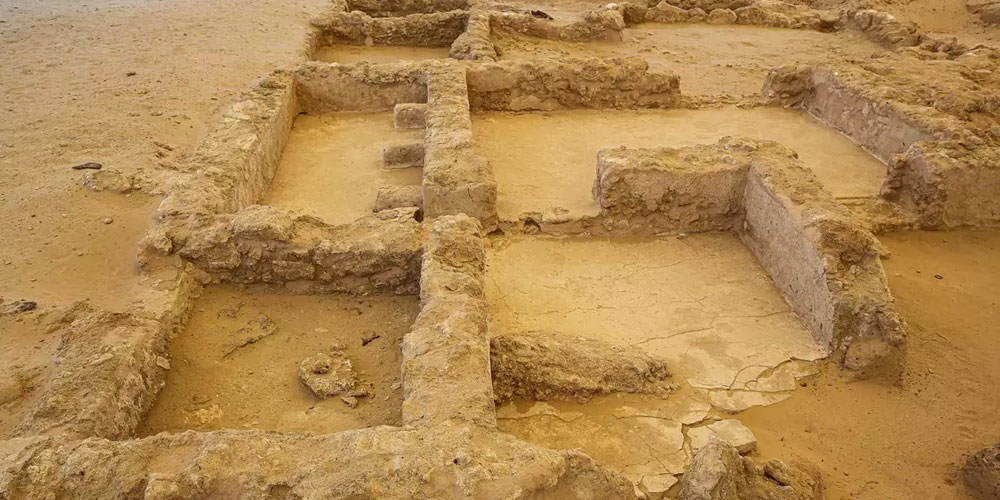Sir Bani Yas Church and Monastery
ARCHAEOLOGICAL FINDS
Hundreds of artefacts found at the site reveal that people exploited the sea for food and also kept cattle, sheep and goats. Glass and ceramic objects indicate that the inhabitants of the settlement traded widely across the Arabian Gulf and into the Indian Ocean.
The most important finds are plaster stucco fragments that decorated the outside and inside of the church. Finer plaster stucco panels were used within the interior of the church as decorative and architectural design elements.
HISTORICAL CONTEXT
In written sources, Christianity is well-attested in the Arabian Gulf region until the late 7th century CE. Similar churches to that on Sir Bani Yas Island have been found in other areas of the Arabian Gulf. It is believed all these places were linked by trade and monasticism and were part of the Church of the East.
The church and monastery continued to exist after Islam became the dominant religion in the region in the 7th century CE. This reflects the belief in tolerance and acceptance practised by the early Islamic leaders of the time. This tradition of tolerance and acceptance continues today in the United Arab Emirates.
THE FUTURE
In 2015–16, the Department of Culture and Tourism – Abu Dhabi completed a conservation management plan for the church site as part of a wider site management plan for Sir Bani Yas Island. The plan achieves a better understanding of the significance and historical context of the site.


